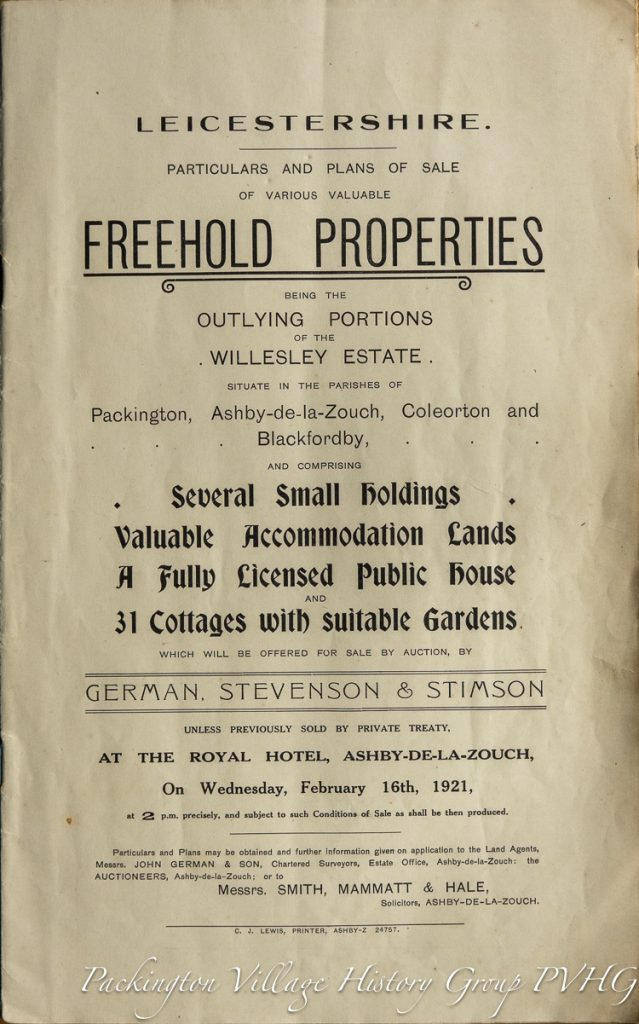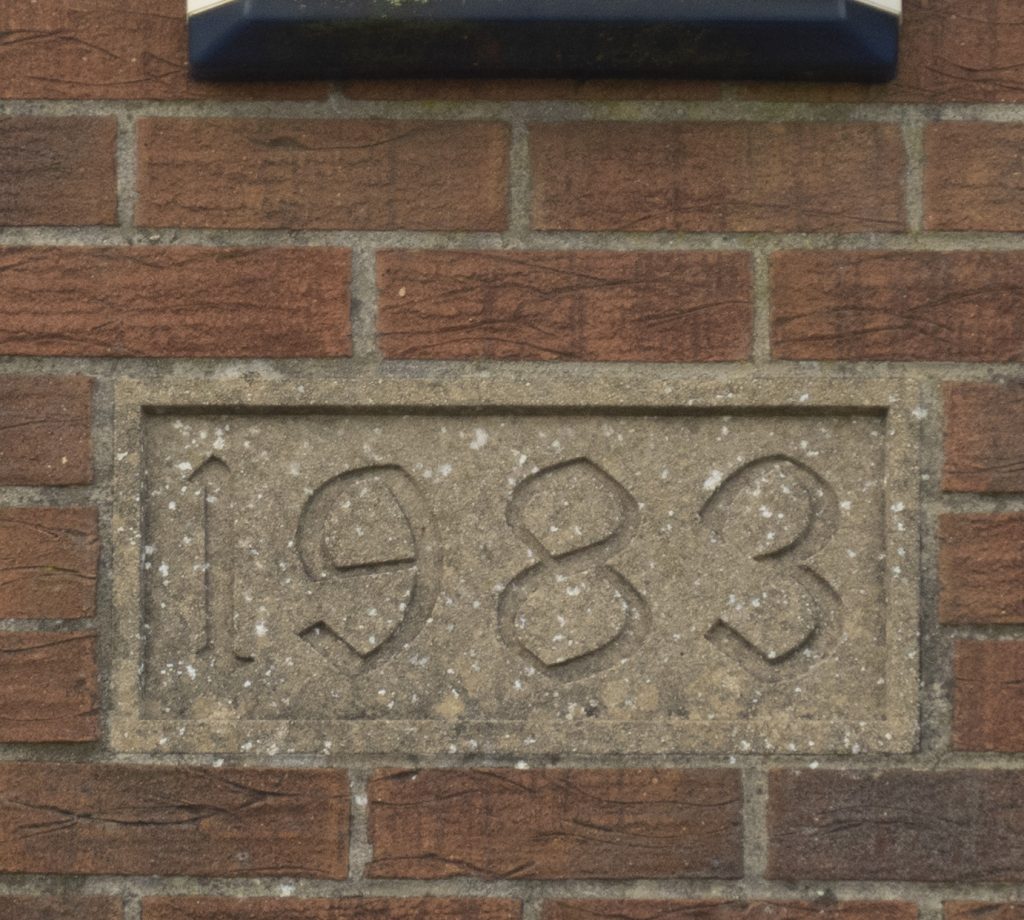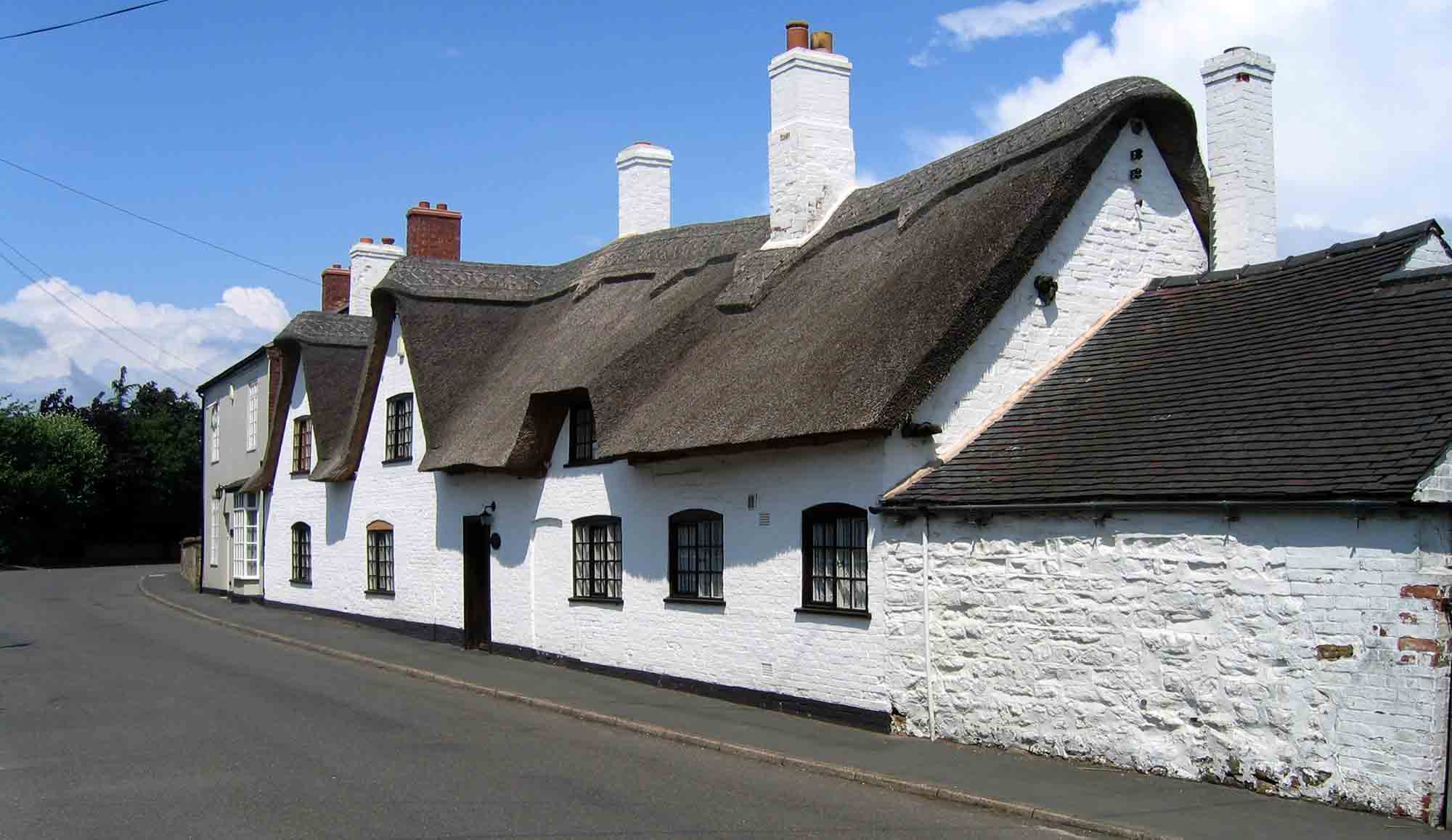Please help us establish the date of construction of properties in Packington in this survey form by Packington Village History Group (PVHG). To help understand why, there’s some background information at the bottom of this page by PVHG member Adrian Mongredien. In early 2025, we have about half of the village’s built environment dated, and are keen to date the other 190 dwellings

PVHG welcomes information from current owners or residents of property in Packington. We mainly need to know:
- where (street number and name) your property is
- the year it was constructed.
Your property may have been built individually, or as part of a builder’s development. Do let us have any further information, for example the name of the original builder or developer.
Also, tell us your source – you may have Land Registry information or title deeds; or you may remember, or perhaps have just been told about it. Pick the source of your information.
We don’t know when the first inhabitants of Packington arrived (not surprisingly none of their original dwellings remain!!) but, to quote the late Peter Cooper, a founder member of Packington Village History Group:
“Packington started life as an Anglo-Saxon village — the ‘tun’ (farmstead or settlement) of Pacca. This may have been in the 7th or 8th centuries when many Anglo-Saxon villages were formed but the first historical references (to Packington) come in the eleventh century.
Specifically, in 1043 AD the “village” of Packington was given to the new Abbey of Coventry, remaining in their ownership until the dissolution of the monasteries in Henry VIII’s reign (1509-1547) when it came into the hands of the Hastings family”.
Most of the “Hastings Estate” properties were sold off by auction in the early 1920s:

The last item to go was the Round House which passed to our Parish Council in 1997.
Many current Packington residential properties stand on the site of former agricultural landholdings, such as farms and small holdings, or other properties such as previous dwelling houses, church buildings, Post Offices, Smithies, Shops, or even Pubs!
Each new property development has brought additional people with more skills and vibrancy into our village.
We understand that a property on Mill Street has a date (in the early 1700s) stamped somewhere on its interior, which is a wonderful clue to the date of its origin. Do let us know if you have such an indication of origin.

It is probably no coincidence that the Packington carnivals started in the 1970s shortly after the building of many affordable new village properties in the late 1960s. These were soon filled with young married couples, some already with children.
The opening of the M42 / A42 in 1989 made our village commutable to Birmingham and Nottingham, and brought more growth and a new wave of arrivals.
Packington in early 2025 has nearly 400 dwellings. Expansion is likely to continue in the foreseeable future.
Please help us map the growth of Packington, at the start of this new “Carolean” reign, and record the history of our village on the form above.
